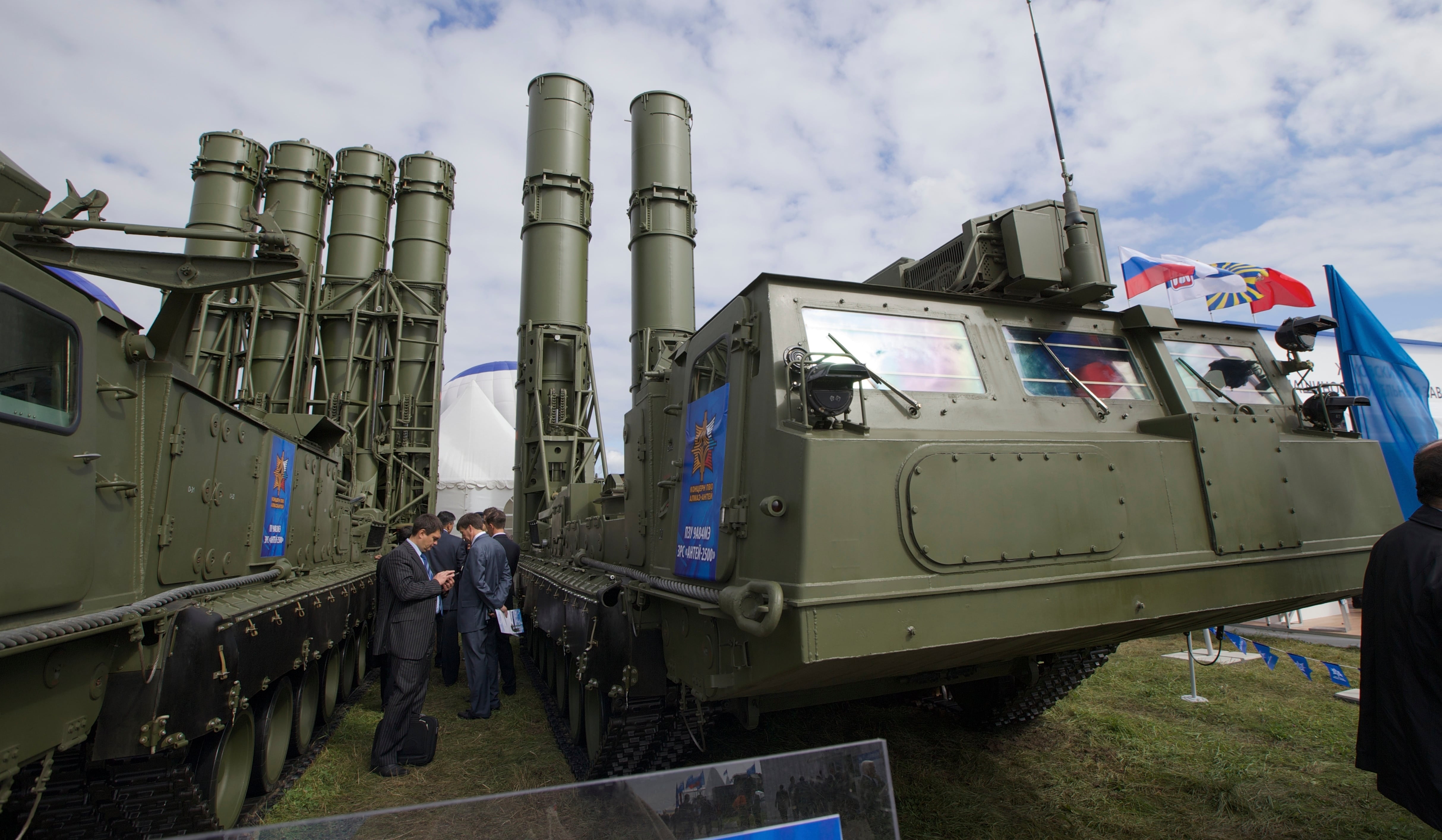The deployment adds more punch to the Russian military force in Syria, which already includes long-range S-400 missile defense systems and an array of other surface-to-air missiles at the Hemeimeem air base in Syria's coastal province of Latakia.
Russia has conducted an air campaign in support of Syrian President Bashar Assad since Sept. 30 2015, saving his army from imminent defeat and helping it win key ground.
The S-300 deployment was announced a day after the U.S. announced it was suspending direct diplomatic contacts with Russia on ending the war in Syria. Washington's decision followed the collapse of the Russia-U.S.-brokered cease-fire in Syria and the Syrian army's onslaught on Aleppo backed by Russian warplanes.
While Washington put diplomatic contacts on hold, it has maintained a military-to-military dialogue intended to prevent incidents in the air between Russian and the U.S-led coalition aircraft over Syria.
Amid the rising U.S.-Russian tensions, the new Russian missile deployment seems intended to send a warning signal to the U.S.

A Russian air defense system missile system Antey 2500, or S-300 VM, is on display at the opening of the MAKS Air Show in Zhukovsky outside Moscow on Aug. 27, 2013. The Russian military said Tuesday it had deployed the S-300 air defense missile systems to Syria to protect a Russian navy facility in the Syrian port of Tartus and Russian navy ships in the area.
Russia reacted nervously last month when aircraft of the U.S.-led coalition struck Syrian army troops near Deir el-Zour. Damascus said 60 Syrian soldiers died in the air raid. Washington said the strike was launched by mistake, but Moscow has questioned the U.S. explanation.
The S-300, a sophisticated long-range system capable of striking enemy aircraft and cruise missiles up to 250 kilometers (155 miles) away, could cover other areas in Syria along with Tartus.
Pentagon press secretary Peter Cook noted that Russia's declared goal in Syria is to fight extremism, but that the Islamic State group and the al-Qaida branch there don't have planes that could be targeted by such a system.
"I would question just what the purpose of the system is," Cook said.
Asked if the system posed a threat to U.S. aircraft or crews, Cook said, "It depends on how the Russians plan to use it."
He said the United States would continue to ensure the safety of its forces, which have the right to act in self-defense.
Konashenkov sought to down play the deployment, saying "the S-300 is exclusively a defensive system that doesn't threaten anyone."
"It's not quite clear why the deployment of the S-300 in Syria has so worried our Western colleagues," he said.
In a sharp attack on Washington, Konashenkov also charged that the U.S.-led action against the Islamic State group was merely an "imitation" that has failed to prevent the IS expansion.
Like other Russian officials, he blamed Washington for the collapse of the U.S.-Russian truce in Syria. He attributed the cease-fire's downfall to the U.S.'s failure to force moderate rebels to break ties with the al-Qaida branch in Syria, which has recently changed its name from Jabhat al-Nusra to Jabhat Fatah al-Sham.
"It's time for our American partners to publicly recognize that practically all Syrian 'opposition' nurtured and controlled by them is an inalienable part of the al-Qaida," Konashenkov said.
Lolita C. Baldor in Washington contributed to this report.



